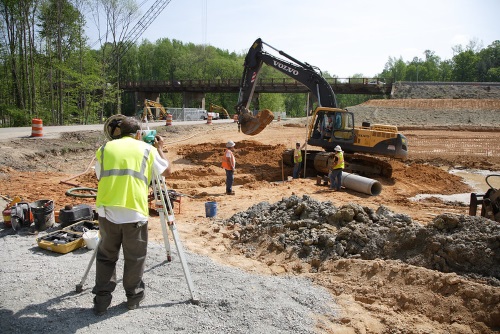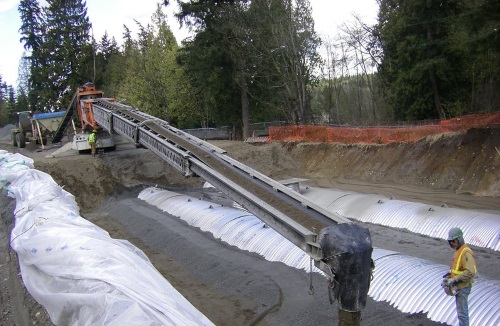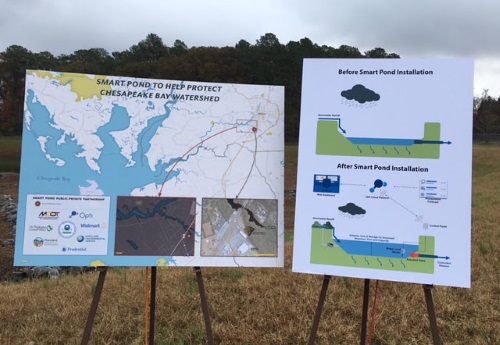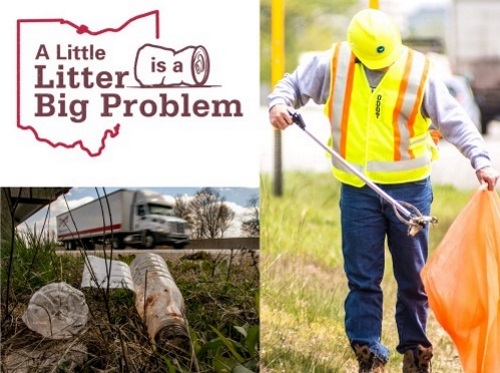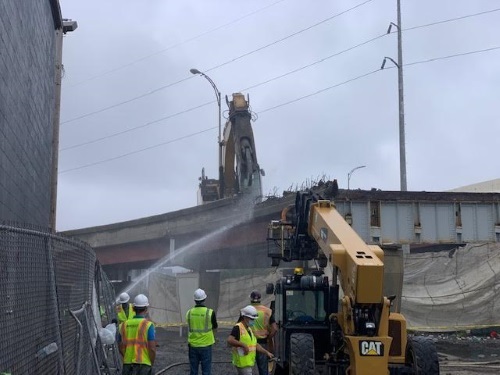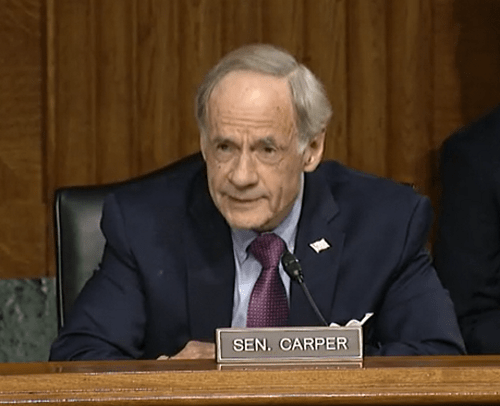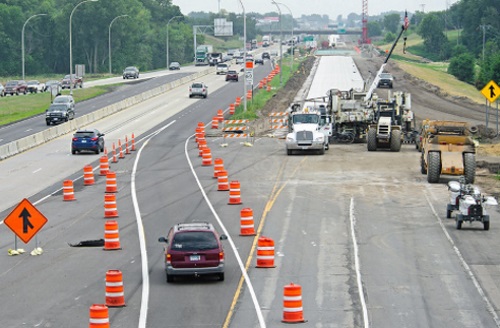FEDERAL ACTION
Biden Pushes Infrastructure Investment during Joint Address – AASHTO Journal
Republicans hammer Biden on infrastructure while administration defends plan – The Hill
Transportation Secretary Pete Buttigieg on finding a bipartisan agreement on infrastructure – CNBC
14 Infrastructure Weeks: Assessing Biden’s First 100 Days – Regional Plan Association
Q&A with Stanford experts: Why is climate change at the center of a $2.3 trillion federal plan? – Stanford University
Republican AGs Press Supreme Court on EPA Climate Authority – Bloomberg Law
COVID-19
State’s transportation commissioner talks COVID, tolls and access with NE CT chamber members – The Bulletin
2020 Motor Vehicle Fatalities Estimates and COVID-19 Safety with Lorraine Martin, National Safety Council President and CEO – ITE Talks Transportation (Podcast)
Can ‘Open Streets’ Outlast the Pandemic? – CityLab
NEPA
NEPA and State Law Condemnation in Pennsylvania – National Law Review
INFRASTRUCTURE RESILIENCE AND SUSTAINABILITY
AASHTO’s Tymon Discusses Infrastructure on C-Span – AASHTO Journal
U.S. Cities Offer Guideposts for Federal Infrastructure – Government Technology
Unsnarling Traffic Jams Is the Newest Way to Lower Emissions – E&E News
Amtrak Releases FY20 Sustainability Report – Amtrak
AIR QUALITY
EPA moves to give California right to set climate limits on cars, SUVs – Washington Post
New USDOT drive for more roadside solar panels – Transportation Technology Today
The U.S. Will Need a Lot of Land for a Zero-Carbon Economy – Bloomberg Green
On Earth Day, Wu Calls for End of Dirty Diesel Polluting School Bus-Fleet, Full Electrification by 2030 – Charlestown Patriot-Bridge
Colorado Democrats’ Fight Over Environmental Policy Plays Out in the Headlines – 5280
ENVIRONMENTAL JUSTICE
Environmental justice advocates plan to hold Massachusetts officials accountable – Energy News Network
Max & Murphy Podcast: An Environmental Justice Agenda for the Next Mayor – Gotham Gazette (Podcast)
Chronic health problems linked to pollution fuels environmental justice movement – Great Lakes Echo
NATURAL RESOURCES
Maine DOT works to help endangered turtles in Eliot – WGME-TV
Revised NC highway litter bill drops higher fines but adds money for inmate cleanups – News & Observer
Without Commuter Traffic, Pandemic-Era Boston Drivers Are Speeding Up, Increasing Noise Pollution – Boston University
CULTURAL RESOURCES
UCLA professors use art and technology to increase bike commuting in L.A – Transfers
HEALTH AND HUMAN ENVIRONMENT/ACTIVE TRANSPORTATION
NYC hits new Citi Bike rival with cease and desist order – New York Post
Closed walkways force pedestrians into the road at Hains Point. Now, two people are dead – WUSA-TV
Putnam Valley Residents Oppose Latest Noise Ordinance Proposal – The Examiner
Does Virginia need an Office of Trails? – Virginia Mercury
May is Bicycling Safety Month: A message for all road users – Oregon DOT (News Release)
TRB RESOURCES/ANNOUNCEMENTS
Transportation Research Record Special Issue on COVID-19: Deadline Extended to June 30 – TRB
Transportation in the Face of Communicable Disease – TRB
Transportation System Resilience: Research Roadmap and White Papers – TRB
FEDERAL REGISTER NOTICES
Response to Clean Air Act Section 176A Petition From Maine – EPA (Notice of proposed action on petition)
Proposed Consent Decree, Clean Air Act Citizen Suit – EPA (Notice of proposed consent decree; request for public comment)
Proposed Consent Decree, Clean Air Act Citizen Suit – EPA (Notice of proposed consent decree; request for public comment)
Moore County Solar Project – Tennessee Valley Authority (Notice of Intent; request for comments)

